 Burgundy wines taste like the region: deliberate and heady and herbal.
Burgundy wines taste like the region: deliberate and heady and herbal.
Piedmont wines are as crisp as the region. You can taste the craft of California wines and know how lush Oregon and Washington are in each sip without ever visiting. Taking in a mouthful of Riesling is like bobbing for stones in a cool river. And yep, you’re tasting steep mountains in South American wines.
Drinking an Islay scotch, you taste the sea spray of Scotland’s western islands. Peat lingers on the palate like cigar smoke. It’s a drink as wild and as strong as the region.
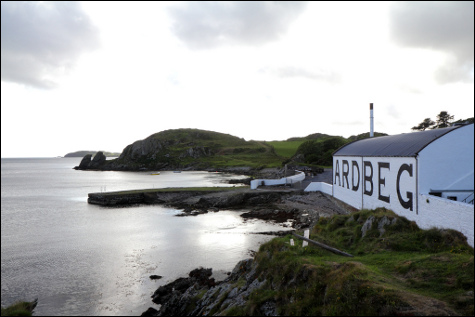
The hills and hollers of Kentucky resonate in bourbon — clear springs, grains, limestone, and oak tucked away and ready on its own terms.
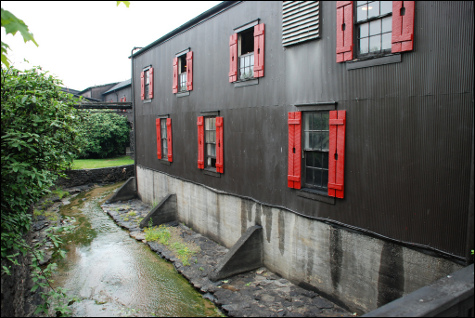
Just after the anise in absinthe presents itself, in walks wormwood, reminding you of fields of hay and dust on the back of your throat.
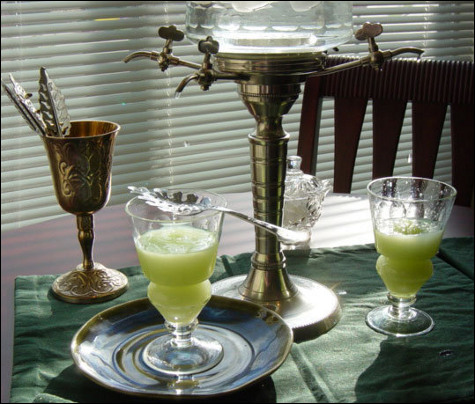
You really can taste the yeasts and pollens in the air when you sip a Belgian ale. (Okay, so brewing environments are more controlled, now, but you get the idea…)

The brightness of Cascadian hops from America’s Pacific Northwest; the rich malts of the United Kingdom…all these things experienced in a heavy pint glass after work make the day’s toil worth the effort.

The earthy aroma of coffee begins the day, reminding us of the very dirt whence we came.
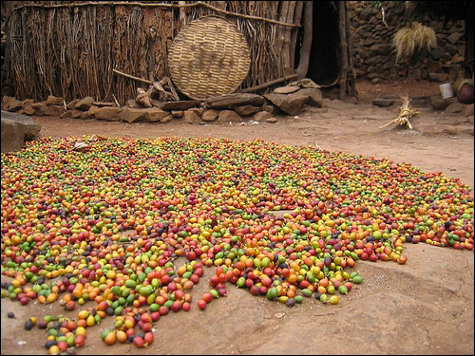
Take your time with tea and you will know fewer greater pleasures in life.
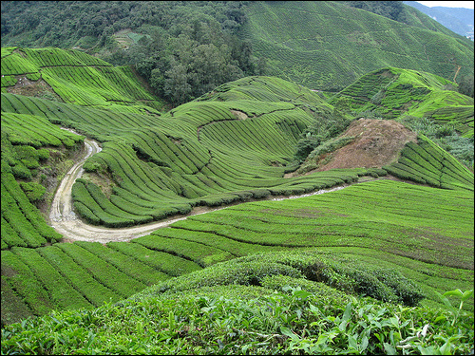
Terroir…you know it, or you don’t.
It can be defined as the combination of factors, including soil, climate, and environment, that gives wine its distinct characteristics, but it’s so much more than that.
It’s a taste of a region and its history; a connection transcending the taste in your mouth.
Like terroir, the best writing defies description — to truly know it, one must experience it and take it in on a higher level.
So I ask you…what does your writing taste like?

Beautifully elegant descriptions.
Not sure my writing has an overall terroir, but my current NaNo is like bathtub gin. Quick and dirty, but not lethal, and with the faint promise of a developing cohesive resin.
These wonderful descriptions make me want to kick back and enjoy an adult beverage instead of go to work. My writing, when I do it, tastes like strong coffee with cinnamon, a bit cheeky with some humor, or direct with a zing. I think. I don’t do it enough to know but that’s what I recall. Good prompt.
CMS: Bathtub gin works…especially for a first draft. And it’s always good when bathtub gin isn’t lethal 🙂
Mary: I’m glad you liked the entry, and strong coffee is good!
The whole concept of terroir is in the back of my mind as I work on what I’m writing right now. I’ve always had moments in novels that shoot for a little something more, but then it’s stacked up with a fart joke or something. Since what I’m writing right now is more serious, striving for more is important.
I don’t know what my writing tastes like. I guess Hell Comes with Wood Paneled Doors is like Shiner Bock, or a beer like that. It’s good and refreshing on tap, and you can taste some of the craft…but it could be a better beer. Not to say that’s a bad thing–Shiner is a go-to beer in Texas, and some of my fondest memories of mini road trips to places around Texas ended with a Shiner.
Promise is a whiskey. So far, the best agent rejection I’ve received praised the writing, especially the sense of place. It feels like the north woods of Wisconsin, which is one of the things I really wanted to get right. So you can taste the location, like a good whiskey; hopefully the book’s flavors come in smooth layers after the initial bite and leaves a good after taste.
What I’m doing now…I hope it’s like a fine cognac, wine, or scotch. Something with a classic taste that’s appreciated nice and slow, and makes the evening memorable. Something savored and discussed is the goal.